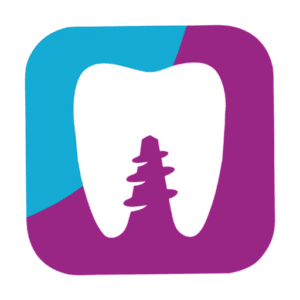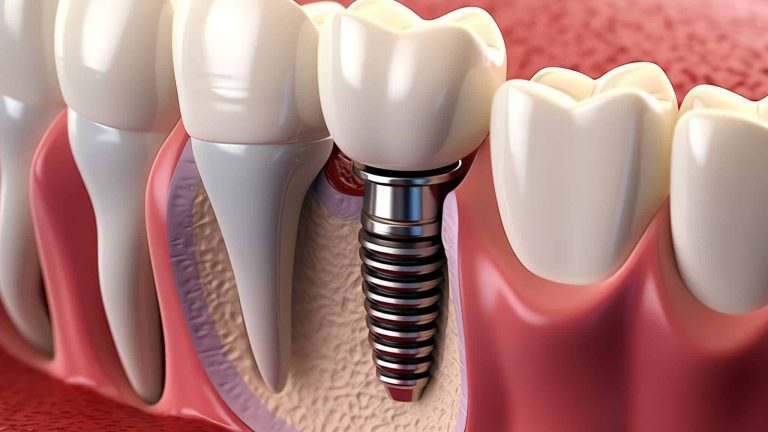In modern dentistry, technology plays a fundamental role in improving both the accuracy of treatments and the patient experience. Among these innovations, intraoral scanners have gained prominence as tools transforming diagnosis and the planning of dental procedures. But what are intraoral scanners, and how can they benefit both dentists and patients?
In this article, we will explore in detail how intraoral scanners work, their advantages, and why they are marking a turning point in the dental field.
What is an Intraoral Scanner?
An intraoral scanner is a high-precision digital device that captures three-dimensional (3D) images of the inside of the mouth. Unlike traditional molds using materials like alginate or silicone, intraoral scanners generate digital models in real time. This is achieved through a system of cameras or sensors capturing thousands of images per second and processing them to create an exact replica of the patient’s teeth and soft tissues.
How Do Intraoral Scanners Work?
Intraoral scanners use advanced technologies like photogrammetry, lasers, or structured light to capture data. Here is a basic description of the process:
- Patient preparation:
- Before starting, the dentist cleans the patient’s mouth to remove food debris or plaque that could interfere with image capture.
- Image capture:
- The scanner is gently passed over the teeth and gums. The integrated cameras record thousands of images that are combined in real time to form a three-dimensional model.
- Creation of the digital model:
- The collected data is processed in specialized software to generate an exact 3D model of the mouth. This model can be viewed on a screen, allowing the dentist and patient to observe details instantly.
- Treatment planning:
- The digital model serves as a basis for designing personalized treatments, from orthodontics to dental implants or veneers.
Advantages of Intraoral Scanners
Intraoral scanners are not only a technological advancement but also offer tangible benefits for both dental professionals and patients.
1. Greater Patient Comfort
- Traditional methods for taking dental impressions are often uncomfortable. Patients must bite down on silicone molds for several minutes, which can cause nausea or discomfort. With intraoral scanners, this process is quick, non-invasive, and much more comfortable.
2. Exceptional Precision
- The digital models generated by intraoral scanners are millimeter-precise, reducing errors associated with manual impressions. This ensures a perfect fit for crowns, bridges, aligners, and other dental devices.
3. Real-Time Visualization
- The ability to see a 3D model in real time allows the dentist to clearly explain the patient’s oral health status. This fosters communication and helps the patient better understand their diagnosis and treatment.
4. Reduced Treatment Times
- With intraoral scanners, the time spent capturing impressions and sending physical molds to laboratories is significantly reduced. Digital data can be sent to the lab instantly, speeding up the fabrication of prostheses or orthodontic devices.
5. Improved Patient Experience
- Besides physical comfort, patients value the speed and accuracy of treatments based on digital technology. The ability to visualize results before starting the procedure also increases confidence and satisfaction.
6. Sustainability and Resource Savings
- By eliminating the use of disposable materials like alginate or plaster, intraoral scanners help reduce the environmental impact of dental clinics. Space is also saved by not needing to store physical molds.
7. Adaptability to Multiple Treatments
- Intraoral scanners are versatile tools that can be used in a wide variety of procedures, such as:
- Orthodontics: design of clear aligners and customized brackets.
- Implantology: precise planning for implant placement.
- Dental prosthetics: creation of crowns, bridges, and partial prostheses.
- Cosmetic dentistry: design of veneers and whitening.
Clinical Applications of Intraoral Scanners
1. Orthodontics
Orthodontic treatments, especially those involving clear aligners, greatly benefit from intraoral scanners. The precision of digital models ensures aligners fit perfectly on the teeth, improving outcomes.
2. Implantology
In dental implant procedures, intraoral scanners help plan the exact placement of the implant in relation to the bone structure and adjacent teeth. This reduces the risk of complications and improves implant functionality.
3. Restorative Dentistry
The creation of crowns and bridges from digital models ensures restorations are aesthetically pleasing and functional. The scanner’s precision minimizes the need for subsequent adjustments.
4. Early Diagnosis
Intraoral scanners allow the detection of issues like cavities, dental wear, and malocclusions early, even before they are visible to the naked eye.
Challenges and Limitations
Although intraoral scanners offer multiple benefits, they also face some challenges:
- Initial Costs:
- The investment in intraoral scanners can be high for dental clinics, although the long-term benefits often offset this cost.
- Learning Curve:
- Dentists must be trained to use the equipment and software efficiently.
- Compatibility with Existing Systems:
- In some cases, the data generated by scanners may not be compatible with all laboratories or CAD/CAM systems.
Future of Intraoral Scanners in Dentistry
The technology of intraoral scanners continues to evolve. Future developments include:
- Faster Scanning Speeds:
- New models promise even faster captures without sacrificing precision.
- Integration with Artificial Intelligence:
- AI algorithms can help automatically identify dental problems and suggest treatment plans.
- Augmented Reality:
- The combination of intraoral scans with augmented reality technology will allow patients to visualize how their smile will look after treatment.
- Improved Accessibility:
- As technology becomes more affordable, more clinics will be able to access these tools.
Conclusion
Intraoral scanners are revolutionizing dentistry by offering unprecedented precision, comfort, and efficiency. By enabling more precise planning and personalized treatments, these tools benefit both dentists and patients. At Clínicas La Guardia, we are committed to adopting advanced technology to ensure a superior dental experience.
If you are interested in experiencing the benefits of digital treatments, we invite you to visit us. Schedule your appointment today and discover how technology can transform your smile!




